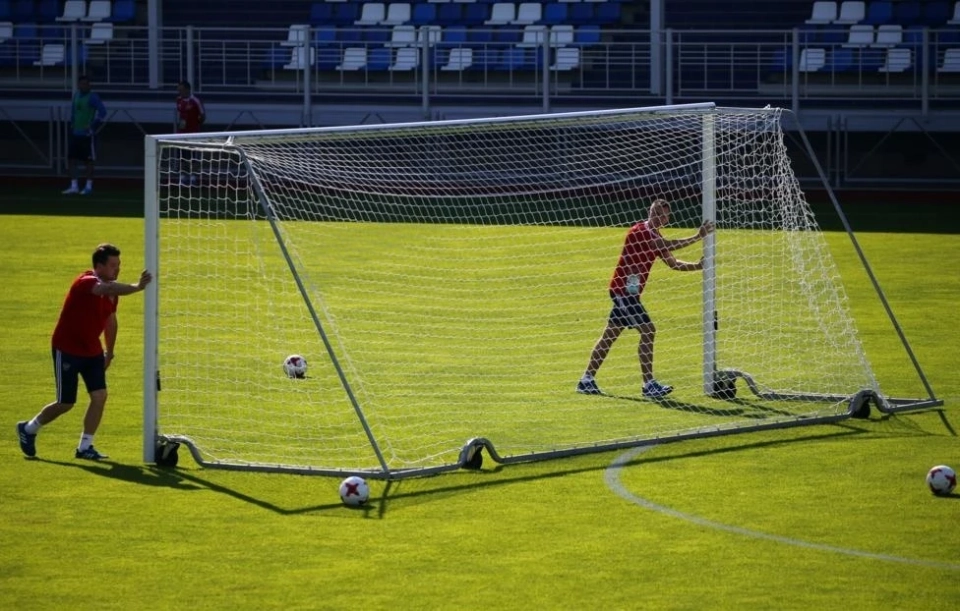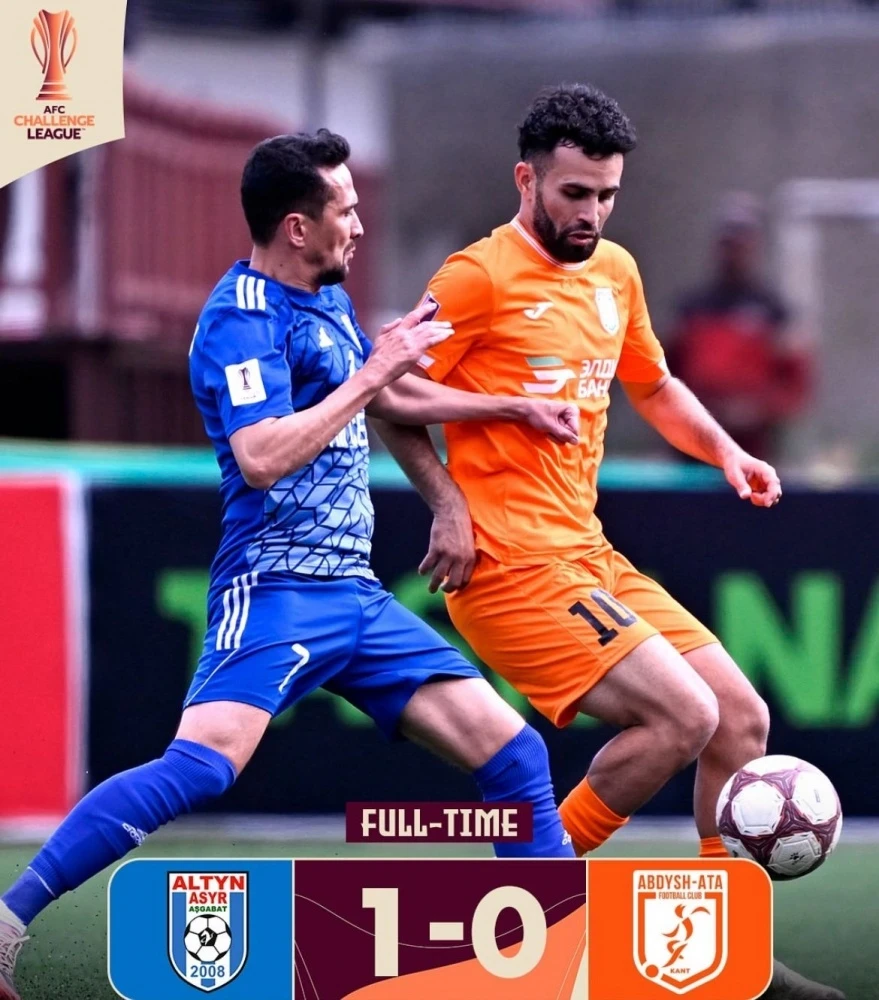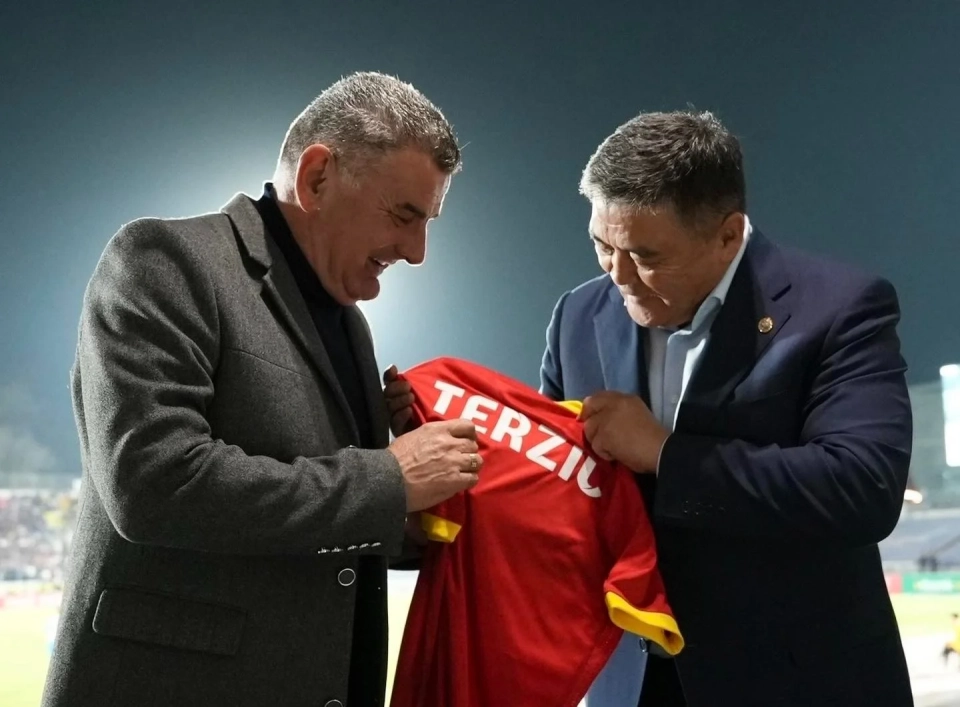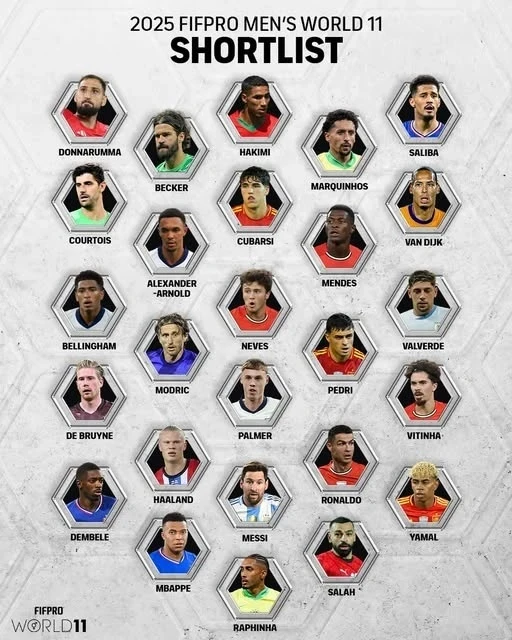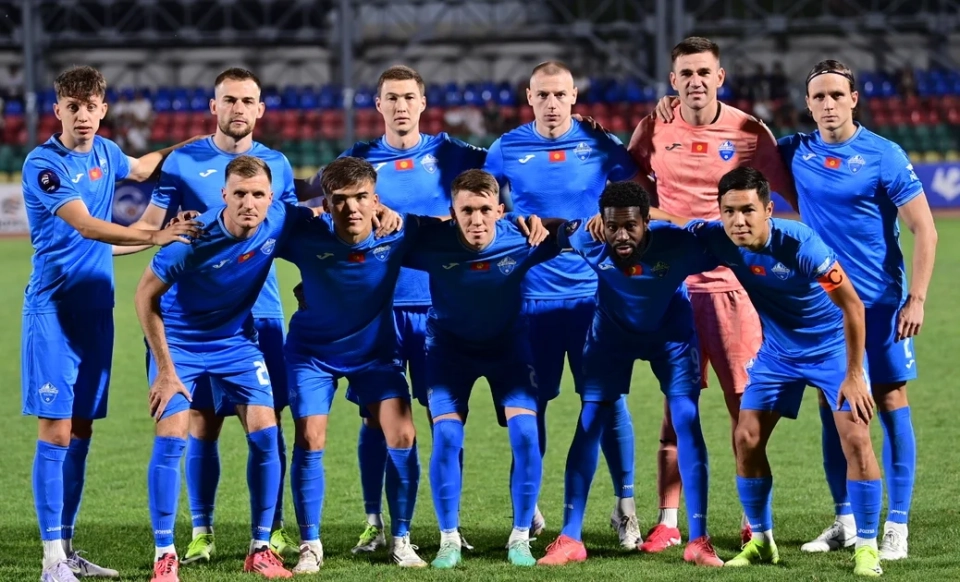The time when football clubs in Kyrgyzstan could simply take to the field without proper preparation is in the past. Modern realities require teams to meet strict standards set for "adult" football. In this article, we will examine how our clubs and the entire football system are adapting to AFC standards.
If we look at the situation as a whole, the process of adapting Kyrgyz clubs to AFC regulations can be seen as a stage of maturation for the entire football community in the country. Previously, teams operated on the principle of "gathered - played - dispersed," but now each of them must function as a full-fledged organization. It is no longer just "a coach with players in uniform." Now, many factors must be taken into account: accounting, legal aspects, management, social media, contract arrangements, licensing, reporting, and the development of youth academies. Without these elements, clubs will not gain access to competitions. And, strangely enough, this has had a positive effect on Kyrgyz football, forcing teams to restructure. A vivid example is the clubs "Abdysh-Ata" and "Alga." Five years ago, they were considered solid but local teams, while today, betting offices in Kyrgyzstan actively accept bets on their participation in serious tournaments.
Formal Requirements and Reasons for Adaptation
AFC imposes strict requirements on clubs: licensing, infrastructure, financial reporting, and staffing conditions. Failure to meet these conditions may result in the club not receiving permission to participate in continental tournaments or not being considered equal to "strong" clubs. For Kyrgyz teams, this presents an opportunity: entering the international arena promises not only prestige but also financial benefits. However, serious work lies ahead. Clubs must:
- Obtain licenses from the Kyrgyz Football Union (KFU) and AFC to participate in tournaments.
- Meet numerous criteria: organizational structure, financial stability, marketing, infrastructure.
- Ensure transparency: financial and staffing reporting, youth team development—all of this matters.
In 2021, a workshop was held in Bishkek for clubs, during which the importance of licensing, marketing, and attracting fans was discussed. Clubs began to realize that they needed not just to "play," but to build business structures. Moreover, they started to focus on the best betting applications. However, many clubs still face difficulties, as the infrastructure leaves much to be desired compared to top countries.
If previously "the field and the stands" were considered secondary, now the requirements have changed. Mandatory conditions include:
- The AFC Mini Pitch Scheme: creating mini-pitches with artificial surfaces and lighting to develop football in the country. Two such mini-pitches have already been built in Kyrgyzstan.
- When applying for major tournaments: the stadium must meet requirements for capacity, comfort, lighting, and media conditions. For example, Kyrgyzstan, together with neighboring countries, has applied to host the AFC Asian Cup 2031, and the final stadium must accommodate at least 50,000 spectators.
- Development of stands, buffer zones, changing rooms, media zones, and conditions for players and juniors.
Funding and Team Requirements
Structural requirements for clubs have also changed. They are no longer just "a coach and 22 players"—clubs must be organized as full-fledged companies. In Kyrgyzstan, the AFC Certificate in Football Administration and Management (ACFAM) program has been launched, with 32 participants from clubs, the federation, and leagues. Teams must have a marketer or fan engagement manager, develop youth teams, and track the careers of their graduates. The presence of a legal and HR department, as well as financial control, is now mandatory. Clubs can no longer be viewed as hobbies—they need income and stability:
- AFC requires: financial reporting, no debts, and fair contracts.
- Clubs need to find sponsors, sell tickets and merchandise, and develop their digital platforms.
- In Kyrgyzstan, mini-pitches and rental of facilities have already become one of the sources of income.
- The higher a club rises in the regulations, the more opportunities it receives: transfers, participation in tournaments, attracting talented players.
After establishing a home base, it is time to perform at the Asian level. Kyrgyz clubs participate in tournaments under the auspices of AFC. For example, the team "Muras United" is participating in the group stage of the AFC Challenge League. This is important, as participation brings experience, finances, and status, but also imposes responsibility—all conditions must be met (transport, accommodation, media, security, etc.). Clubs must be prepared for any challenges; otherwise, failure may negatively impact their ranking.
Youth Leagues
Youth teams are not only a pain but also a pride. AFC requires each club to have its own academy, which in turn requires the presence of coaches, facilities, and equipment. For some, this poses a challenge: a lack of funds or an absence of understanding of how to organize the system. Nevertheless, in those cities where clubs have truly begun to work, results are already visible. Young players aged 13-15 undergo quality training, participate in camps, and play in tournaments in Uzbekistan and Kazakhstan. This is not just "playing in the yard," but potential future stars of football. In a few years, they will be able to compete not only in the local league but also on the international stage. Thus, bureaucracy with licensing will become not a burden but a foundation for growth. Kyrgyzstan has received Bronze status in the AFC Grassroots Charter, and programs for U-13, U-15, including girls and tournaments for schoolchildren, are already in place.
One can joke that "AFC makes us play by the rules," but the fact remains: without this, there will be no progress. While some complain, others move forward. The "Dordoi" club has already become accustomed to participating in international tournaments, which brings experience unavailable to many neighbors. "Muras United" has become a symbol of a new wave—a young team created according to all AFC standards, with an academy, marketing, and clear organization. Thus, new clubs are initially built wisely, not "on the fly."
Challenges of Adaptation and First Steps
Some of the challenges clubs face during the adaptation process include:
- Poor infrastructure: a lack of stadiums, lighting, stands, and logistics, especially in the regions.
- Club budgets do not allow them to compete with wealthier teams.
- Fans are still not showing interest in the "new model"—match culture, media, and commerce are still in development.
- Often, a change in mindset is required: the club must be managed as a business, not just as a sports team.
Recommendations for Clubs
If you represent a club or are simply interested, here are some recommendations for action:
- Ensure that the club meets licensing requirements: organizational structure, lawyers, financial reporting.
- Invest in youth academies and infrastructure: bases, mini-pitches, and regional projects.
- Seek sponsors and develop the brand: actively use social media, merchandise, and fan activities.
- Plan for international performances: serious preparation is necessary for participation at the Asian level.
- Create partnerships: work with international clubs, businesses, and media, and learn from the experienced.
- Regularly train your staff: coaches, managers, marketers—all must develop.
Overall, adapting to AFC requirements is not just about following rules; it is a step towards making Kyrgyz football stop being a local pastime and become a real industry. Yes, the path is long: it requires time, investment, training, and, most importantly, a change in mindset. However, the first steps have already been taken. If the pace is maintained, in a few years Kyrgyzstan could become not just another Central Asian country but a significant player in the Asian football market. And discussions about weak football will become just a memory of the past.
Kyrgyz clubs are on the brink of an important evolution: from local "playing with friends" to participating in Asian football with respect for regulations and business models. If clubs work hard, they have a chance to stand out from the rest, rather than just becoming "another club." The main thing is not to stop, to follow the rules, to develop, and not to fear competition.



